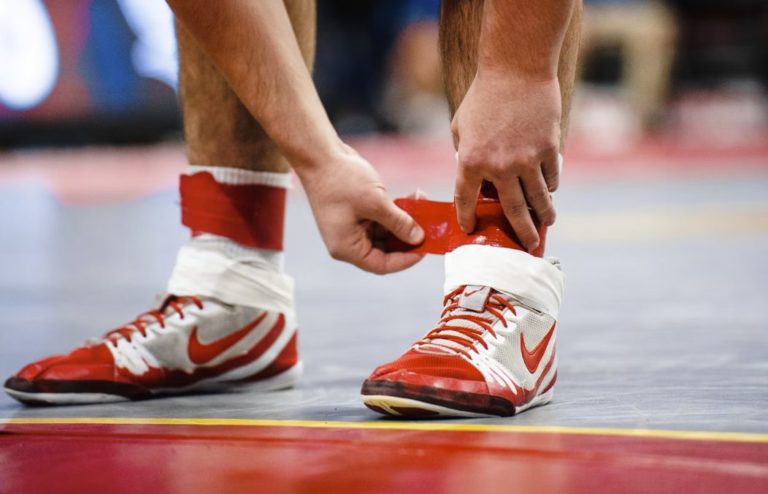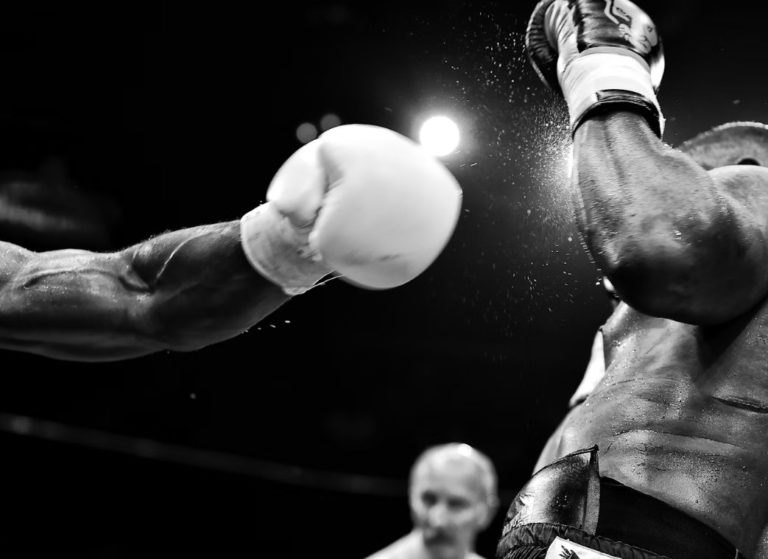What Muscles Does Boxing Work?
Boxing is a high-intensity sport that engages various muscle groups throughout the body. When you think about boxing, you might picture the upper body getting all the action, but that's just the beginning.
Your shoulders, chest, and arms work hard during those punches, yet your core and legs are equally essential for stability and movement.
In this post, we will explore the specific muscles that boxing works, highlighting how each muscle group contributes to the overall performance and effectiveness of a boxer.
By breaking it down, you can gain a clearer understanding of boxing as a full-body workout.
Upper Body Muscles
Your upper body muscles may greatly enhance your punching power and precision. The deltoids, or shoulder muscles, are crucial for lifting your arm and generating momentum. Strong deltoids may allow you to throw punches more fluidly and rapidly without straining.
Pectoral muscles in your chest may significantly contribute by pushing your arm forward, which increases the force of your punch. A well-developed chest may provide the stability and strength needed to maintain control during fast-paced bouts.
Triceps and biceps are also essential; the triceps may extend your arm, while the biceps may assist in retracting it. Together, they may ensure your punches are powerful and precise. Engaging in regular training focused on these muscles—such as push-ups, weightlifting, or resistance exercises—may boost your punching ability.
Additionally, strong forearm muscles may enhance wrist stability and grip strength, helping you maintain control of your punches and reducing the risk of injury. By targeting these upper body muscles, you may significantly improve your boxing performance.
Core Muscles
Core muscles are essential in boxing as they may provide stability and power for your punches and movements. A strong core may enhance the transfer of energy from your lower body through your torso, making strikes more effective. It may also help maintain balance while dodging and weaving, ensuring you stay grounded even when your upper body is moving.
Additionally, your core may support proper posture, which is crucial for both offense and defense. Engaging your abdominal muscles while boxing may prevent injuries and improve overall performance. As you pivot, shift, or throw hooks, your core muscles may stabilize your body, enabling quick and agile movements.
Incorporating core-strengthening exercises, such as planks and Russian twists, into your training may directly benefit your boxing game. The stronger your core, the more powerful your punches may be, and the better you may maneuver in the ring.
Therefore, prioritizing core workouts may elevate your boxing skills and enhance your overall athletic performance.
Lower Body Muscles
Boxers may rely heavily on lower body muscles for generating power and stability during punches and footwork. The quadriceps, hamstrings, calves, and glutes may all play an essential role in performance.
During a punch, your legs may help transfer energy from the ground up, making strikes more powerful. Strong quadriceps and hamstrings may enable quick changes in direction, which are vital for dodging opponents and positioning effectively.
Calves may contribute to footwork, providing necessary explosiveness to move in and out of range. Glutes may help stabilize hips and support overall stance. Engaging these lower body muscles may boost punching power and enhance agility in the ring.
Incorporating strength and conditioning exercises targeting these muscle groups may considerably improve boxing performance. Focusing on the lower body may create a solid base that supports every punch and movement, ensuring you stay one step ahead of your opponent.
Muscular Endurance Benefits
Muscular endurance may enhance a boxer's ability to maintain high performance throughout a match, allowing for powerful and precise punches as rounds progress. Training for endurance may increase stamina, enabling you to throw more punches without feeling excessively fatigued. This can lead to a more aggressive and strategic approach, potentially outlasting opponents who tire more quickly.
Additionally, improved muscular endurance may reduce recovery time between rounds and help prevent injuries by allowing strong, well-conditioned muscles to better handle the physical demands of boxing. You may also experience increased mental toughness as pushing through fatigue can build confidence.
Incorporating endurance training into your routine, such as high-rep boxing drills, shadowboxing, or interval training, may significantly improve your overall performance and fight strategy. Embrace this aspect of your training for optimal results.
Strength and Power Development
Building strength and power may enhance your ability to deliver explosive punches and overpower opponents in the ring. Training in boxing should include exercises that target your upper body, core, and lower body simultaneously.
Incorporating strength training exercises like squats, deadlifts, and bench presses may be crucial. These compound movements may engage multiple muscle groups, helping you develop the power needed for effective punches.
Additionally, plyometric exercises, such as box jumps and medicine ball throws, may improve your explosive strength, allowing you to generate more force during strikes.
A strong core may stabilize your body and facilitate the efficient transfer of energy from your lower body to your upper body when throwing punches. Exercises like planks and Russian twists may be beneficial for core development.
Prioritizing strength and power development may increase your punching force and improve your overall performance in the ring. Implementing these elements in your training regimen may lead to significant enhancements in your boxing skills.
Flexibility and Agility Enhancement
Enhancing flexibility and agility may improve your movement and responsiveness in the ring. Increased flexibility may allow your muscles and joints to move through a greater range of motion, helping you avoid injury and execute punches more effectively.
Agility training may enhance your ability to change direction quickly and maintain balance, which is vital for evading strikes and delivering your own.
Incorporating dynamic stretches, agility drills, and footwork exercises into your routine may greatly boost your performance. Activities like jump rope, ladder drills, and shadowboxing may improve agility while conditioning your cardiovascular system, keeping you light on your feet for swift responses.
Regular stretching and yoga may help maintain flexibility, allowing for smoother movement and better overall body control.
Prioritizing flexibility and agility in your training regimen may give you a competitive edge during intense bouts.
–
How Often Should I Box to See Muscle Gains?
To see muscle gains from boxing, you should aim to train at least three to four times a week. This frequency may allow your muscles to adapt and grow, while also giving you enough recovery time.
Combining your boxing sessions with strength training and proper nutrition may yield the best results.
Can Boxing Help With Weight Loss Effectively?
Yes, boxing may help you lose weight effectively!
It combines intense cardio with strength training, potentially burning calories and building muscle simultaneously.
When you box regularly, you may elevate your heart rate and improve your metabolism, which aids in weight loss.
Plus, the combination of punches and footwork may keep your workouts engaging, making it easier to stay consistent.
Is Boxing Suitable for Beginners?
Yes, boxing may be suitable for beginners! You can start at your own pace, focusing on basic techniques and footwork.
Many gyms may offer classes specifically designed for newcomers, so you don't need to worry about being overwhelmed.
You'll likely gain confidence and improve your fitness while learning self-defense skills.
Plus, the supportive community may motivate you to keep pushing yourself.
Just remember to listen to your body and have fun as you learn!
What Equipment Do I Need for Boxing Workouts?
To start boxing workouts, you may need a few essential pieces of equipment.
A good pair of boxing gloves may protect your hands and wrists. Hand wraps may also provide added support.
A jump rope may help improve your footwork and stamina.
You may consider a heavy bag for practicing punches and a speed bag for timing and coordination.
How Does Boxing Improve Mental Toughness?
Boxing may improve mental toughness by pushing you beyond your limits. You face physical challenges that require focus and determination.
Each round may test your endurance and resilience, teaching you to push through discomfort and setbacks. As you practice, you may learn to manage stress and stay calm under pressure, which may translate to everyday life.
The discipline and commitment you develop in the ring may strengthen your mental fortitude, empowering you to tackle challenges outside of boxing.



